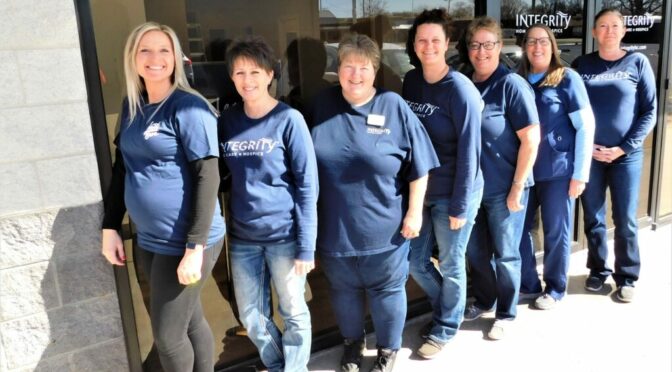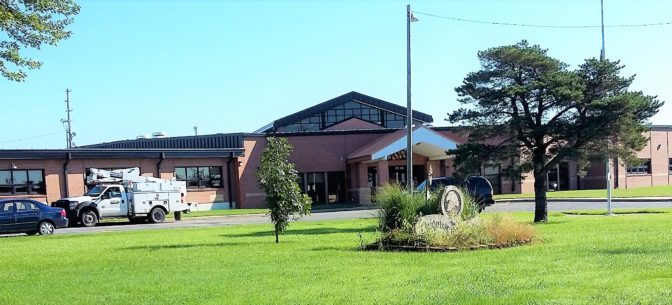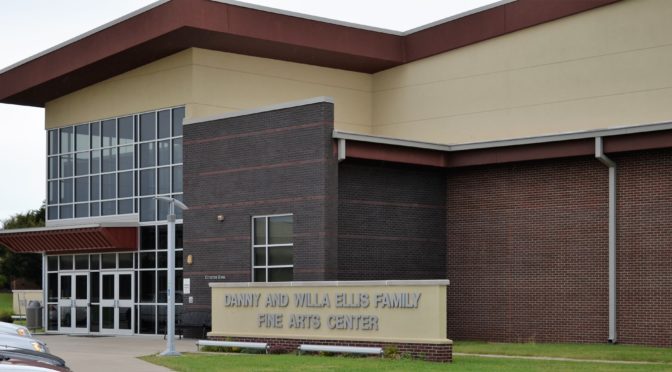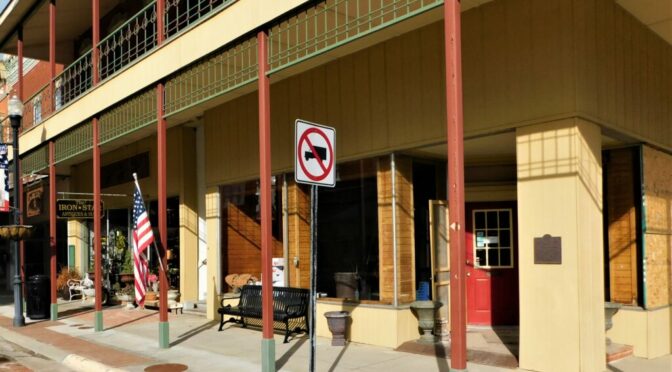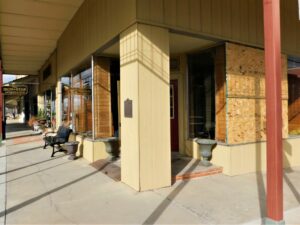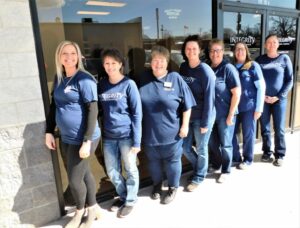
Health care in Bourbon County has changed in the last few years since Mercy Hospital closed in Fort Scott in 2018.
Mercy Home Health and Hospice transitioned to Integrity Home Care + Hospice on March 1, 2019, in Fort Scott.
On Feb. 26, the Integrity staff moved their office to 1711 S. National, Suite A, which is directly behind Domino’s Pizza.
Previously, they were located at 901 S. Horton.
“This is better space,” Becky Davied, administrator, said. “There were two levels there, this makes for a better working environment.”
The space is newly renovated by building owners Jamie and Jeff Armstrong.
“Jamie and Jeff have been very accommodating,” Davied said.
Integrity Home Care customizes care following illness, injury or surgery to help transition patients back home. They also work to improve strength and function and maintain wellness, according to information provided. Patients can recover in the comfort of home.
Home health provides wound treatment, dressing changes, medication management, patient education, skilled nursing, physical therapy, occupational therapy, speech therapy and medical social work.
Call 620-223-1195 for more information.
Integrity Hospice offers the following services in private homes, assisted living, nursing homes or hospitals: pain relief, symptom control, 24/7 on-call nursing, education, guidance, caregiver relief, massage therapy, music therapy, pet therapy, pastoral services and grief support.
Call 620-223-1191 for more information.
There are 28 employees in the Fort Scott office.
“Our headquarters is in Springfield Mo, and we also have offices on the Missouri side in Joplin, Kansas City, Columbus, St. Louis, Monett, Lebanon and Festus,” Davied said.
In Kansas, Integrity Home Health and Hospice provide services in Allen, Anderson, Bourbon, Crawford, Cherokee, Linn, Neosho, Miami counties.
